The Naked Chod is by no means a new rig and is one that has been well documented for several years now.
I have seen the rig used to great effect, yet I have also seen it used incorrectly and in situations where it isn’t really the method I would adopt given the circumstances. The Naked Chod is a much more delicate and more refined version of how we use a chod rig with a leadcore leader.
Bearing in mind that the rig is generally balanced with Critical Mass Putty rather than forced to settle down under the weight of a leadcore leader it must be fished with a slack line, otherwise you will pull it right up off the bottom – and that would look more than a little dodgy to a browsing carp! To be really effective it definitely need to be used in conjunction with a heavy sinking mono, or better still, a fluorocarbon mainline to complement what you are trying to achieve. Namely a subtle, concealed, delicate trap that is so versatile that it works in clear water or on varying topography and substrates. It is, in my opinion, genius!
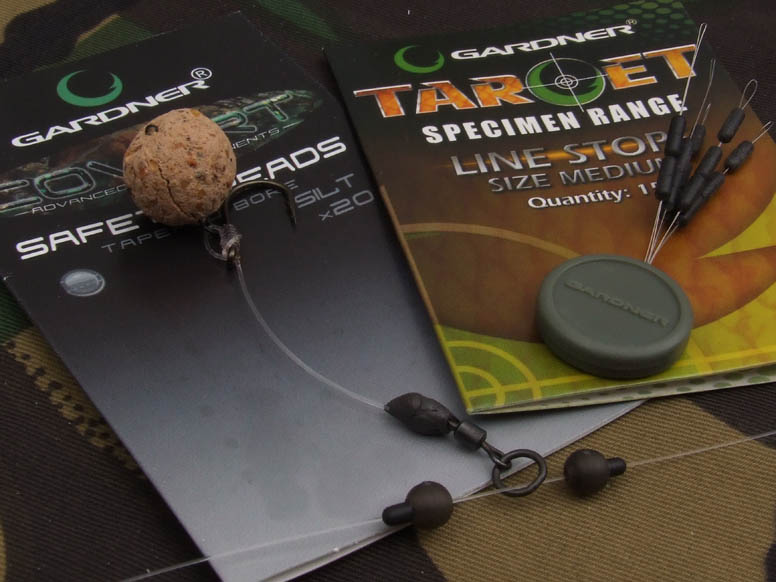
I’m sure most anglers understand the mechanics of a chod rig and why it works. I won’t drag on about that, but I will explain how I like to set-up a Naked Chod. Firstly, it’s got to be safe so I thread on two medium Target Rig Stops set about 25mm apart leaving an 8-12 inch tail to the lead. I then thread on a tapered Covert Safety Bead, then the chod rig and then another Safety Bead. These beads will pop over the stops under pressure, freeing the chod section in the event of the line cutting above the rig. Lastly, I thread on a Covert Tail Rubber then attach a lead using my favourite Palomar knot.
I’ve found that provided you’re not fishing at distance a 1- 1.5oz lead seems about right. I like these little leads as upon a take the weight ends up by the fishes head so naturally a small one is not only kinder, but also reduces chance of the fish bouncing the hook out.
Another little rig tweak that is to attach little mouse dropping size pieces of Critical Mass rig putty every 12 inches up from the furthest bead to aid with the pinning and concealment of the mainline. You must also balance out the chod so it sinks at steady rate, rather than plummeting, basically it wafts, fluttering gently onto the lakebed or over any weed that is present – ensuring it settles above the debris. The manner in which you balance the naked chod rig is pretty critical and you need to ensure that it is weighted enough so it doesn’t lift up the mainline between the Covert Safety Beads.
Under most circumstances I opt for a 2 inch slightly curved chod and at present I’m absolutely loving using the Covert Incizors in a size 6 coupled with 20lb Trip Wire on my Chods. The slightly longer shank puts the hook point a little into the further into the fish’s mouth and in my opinion enhances the hooking mechanics of the rig. This is tied to a size 12 Covert Flexi-Ring Swivel with a smidge of Critical Mass Putty to balance out one of Leon’s 15mm Mistral 4 Season Pop Ups.
Setting it up the way I’ve described is a fairly generic arrangement that will work with the majority of lake bottoms and it can simply be lengthened to suit varying depths of silt or low lying weed.
Importantly if you look a little deeper, it’s essentially like a reversed Hinge Stiff Rig – a rig that needs no introduction and arguably the most successful big fish pop-up rig around. It’s proven extremely effective for me over the last few seasons…
I’m a big fan of fishing a slack line, however knowing when it is safe or appropriate is a key factor if you decide to adopt this style in your angling. The main reasons for using a slack line are for a concealed line lay, positive bite registration and playing fish over other lines without any dramas. I also believe it makes it harder for the fish to deal with a rig if they’re used to being angled for with ‘bow string’ tight lines.
There are also situations where I would not adopt this approach. Certainly when I’m fishing towards snags or at perhaps at serious range (or even when fishing in some extremely weedy situations) I would think twice about it. Another time (which is particularly pertinent at this time of the year) is when I’m actually purposely fishing for liners to try and establish the carps whereabouts in the depths of winter. After all you’re not going to get liners if your mainline is laying really nicely across the lake bed.
A mistake people make is firstly picking the wrong line I opt for a thick mono, say 0.40mm as thicker monofilaments tend to sink a lot better than the thinner ones of the same type. Like many, my absolute first choice mainline is fluorocarbon. As luck would have it GT produce a really good pure fluorocarbon (as good as any I have ever used and abused) in the form of the aptly named ‘Mirage’. Not only does it sink like a brick and disappear into the background of any substrate, but with the application of a little Fluoro Plus additive it casts like a dream. The Fluoro Plus also helps to repel debris and algae, which in turn would give you a poor performing line that can be very visible in the water. Avoiding this ‘washing line’ type effect certainly helps keep it hidden, and with limited stretch and good inherent toughness (especially in the 0.37mm/16 lb version) it is a real winner for me.
Whilst I’m on the subject of fishing effectively with slack line another thing I have noticed people do wrong when attempting to fish a slack line is using a heavy hanger or one sat flat on the ground – which will not display a drop back bite. Instead, I opt for a line clip fished 4-5 inches behind the alarm and a super lightweight Nano-Bug bobbin from the Bug range.
After the cast has been made I firstly dip the rod tip then mend the line so that it is in gentle contact with the lead. Always be careful not to tighten up so much that you risk moving the lead or drag the weed down into any weed that is present, but just keep subtle contact by turning the spool of a loosened clutch and ensuring the line is pointing in the direction of the lead and not bowed round basically.
I then carefully lift the tip from the water paying off line gradually and after a period of time the line should hang at almost a 90 degree angle from the rod tip. I then place the rod down in the buzzer leaving it momentarily before checking to see if the line has pulled up at all (settled further). If it has I pull off a little more slack again till hangs from the rod tip. Next I pop the line into a the clip on the rod and attach the hanger so the ‘Bug Bobbin’ drops a few inches without pulling up the slack line you have laid out which is following the lakes contours away from browsing carp. By making sure the line is down you are not making them aware that they are being angled for.
In my own fishing I have used the slack line and Naked Chods to great effect recently catching some absolutely stunning carp that rarely grace the bank (if at all some years) and I’ve also recently come away from a session on a water I’ve never fished before, during which I received fifteen bites. The hook holds with the Incizor’s have been text book. As a matter of course is on every cast check the hook point and take my time in checking every rig is balanced correctly against each new buoyant hook bait. As I always say if it looks right it normally is and if it isn’t sat right you’re better off taking your time to get it right. Over the season I’m sure being a little fussy will put more fish on the bank.
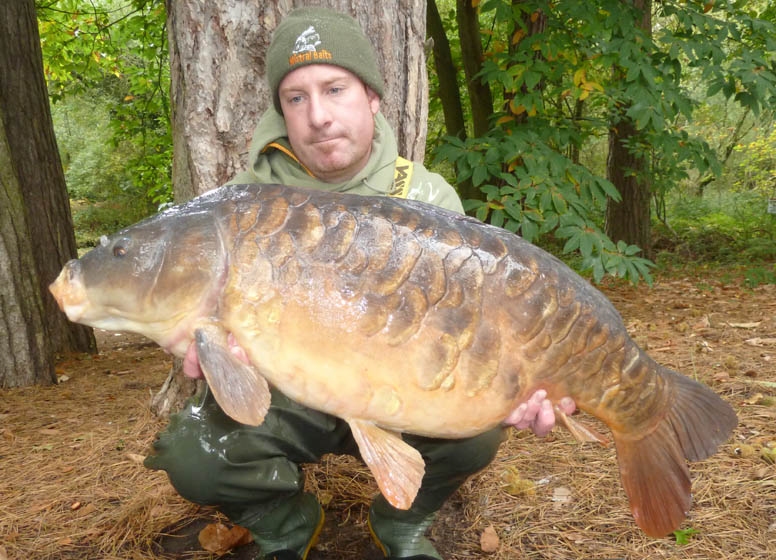


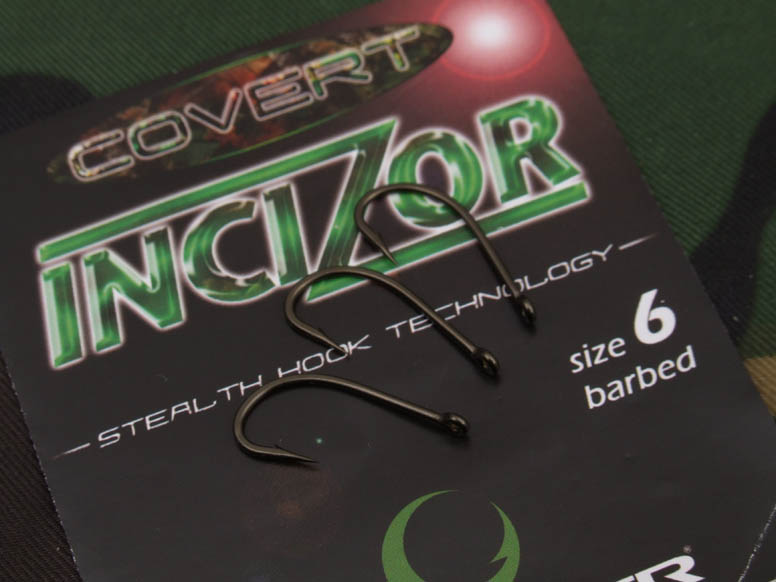
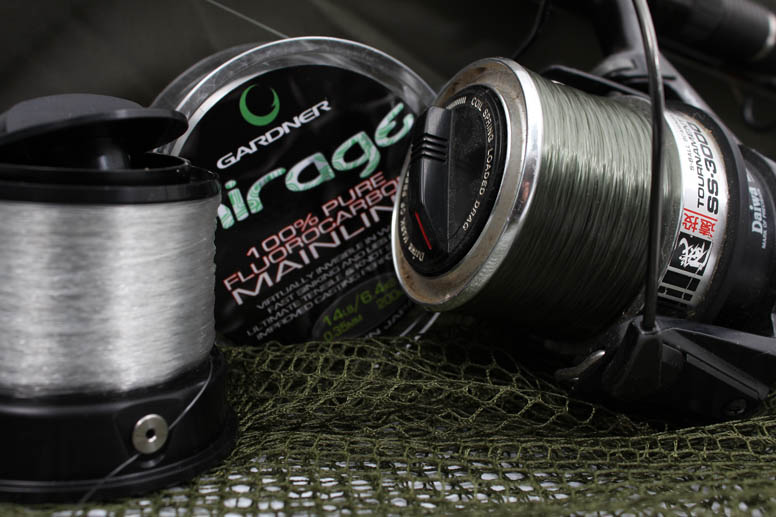
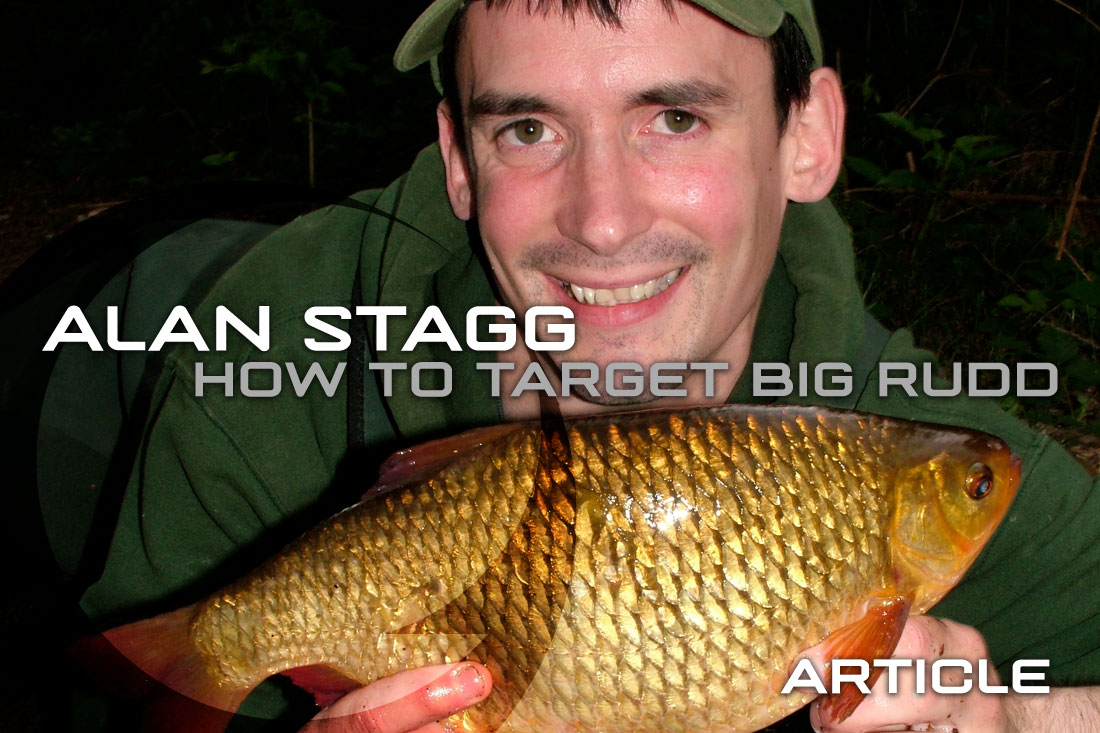
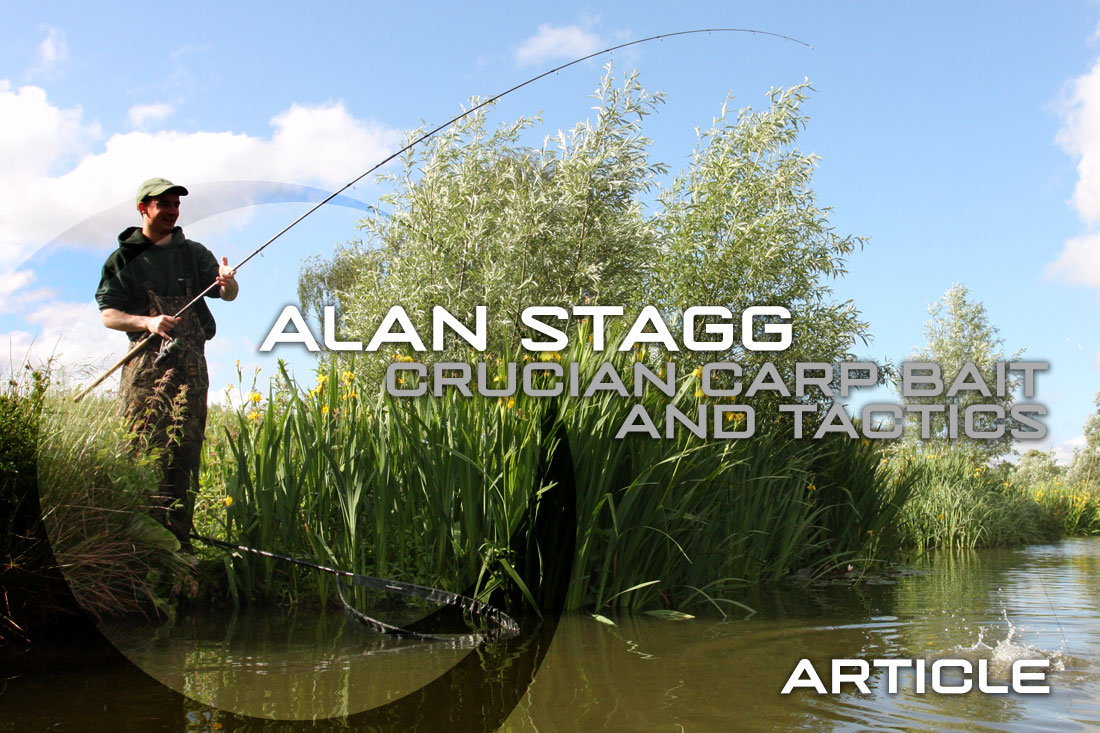

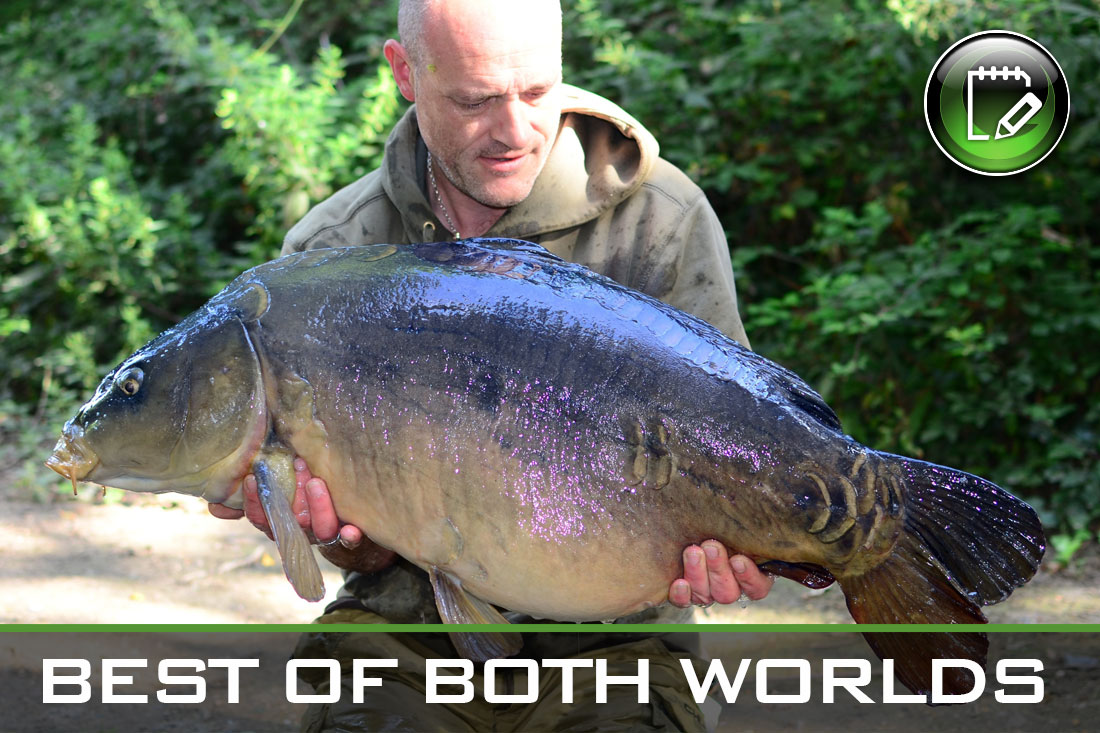
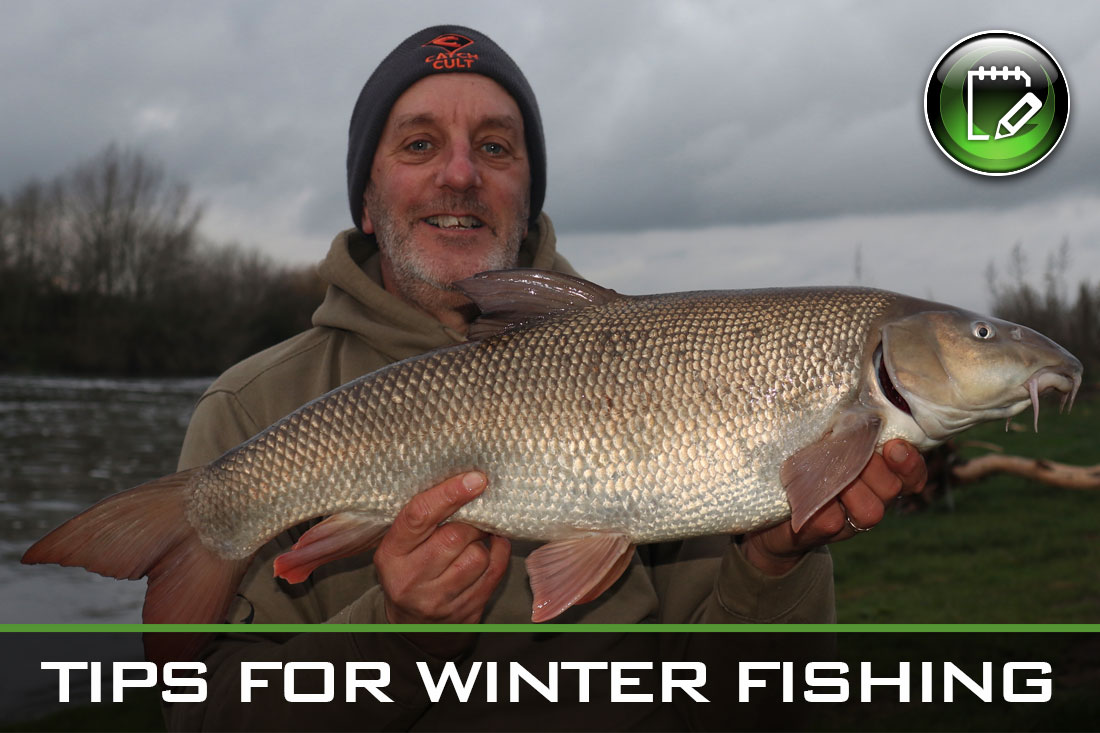
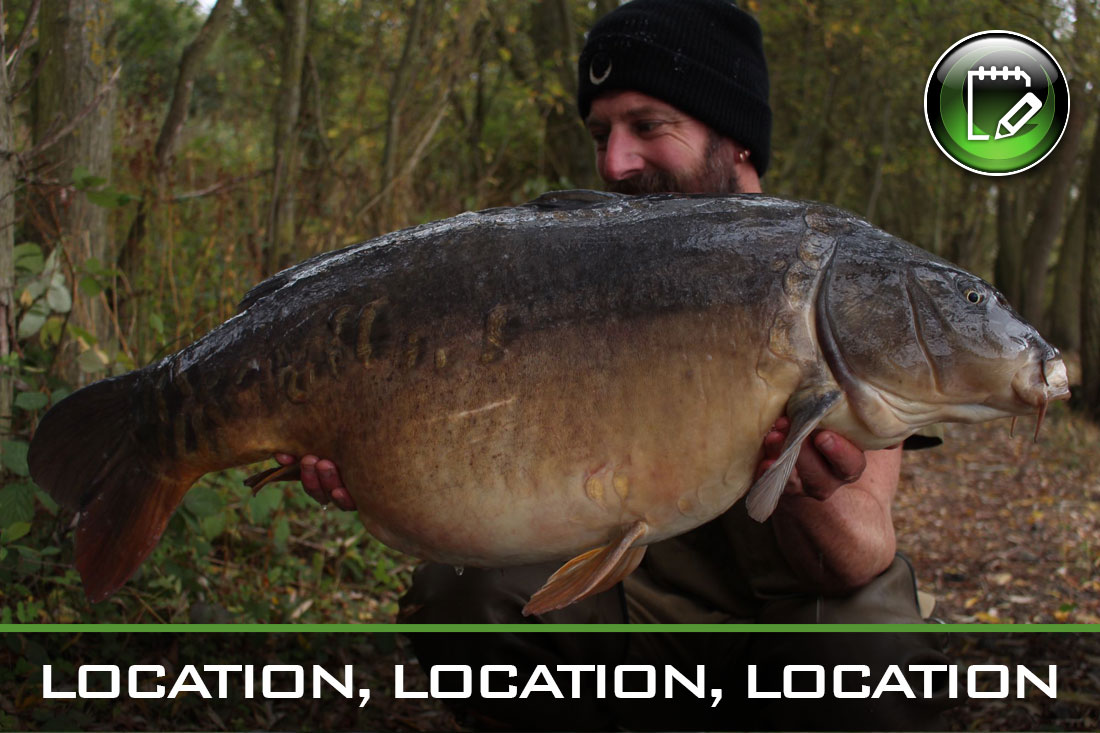
Leave A Comment
You must be logged in to post a comment.